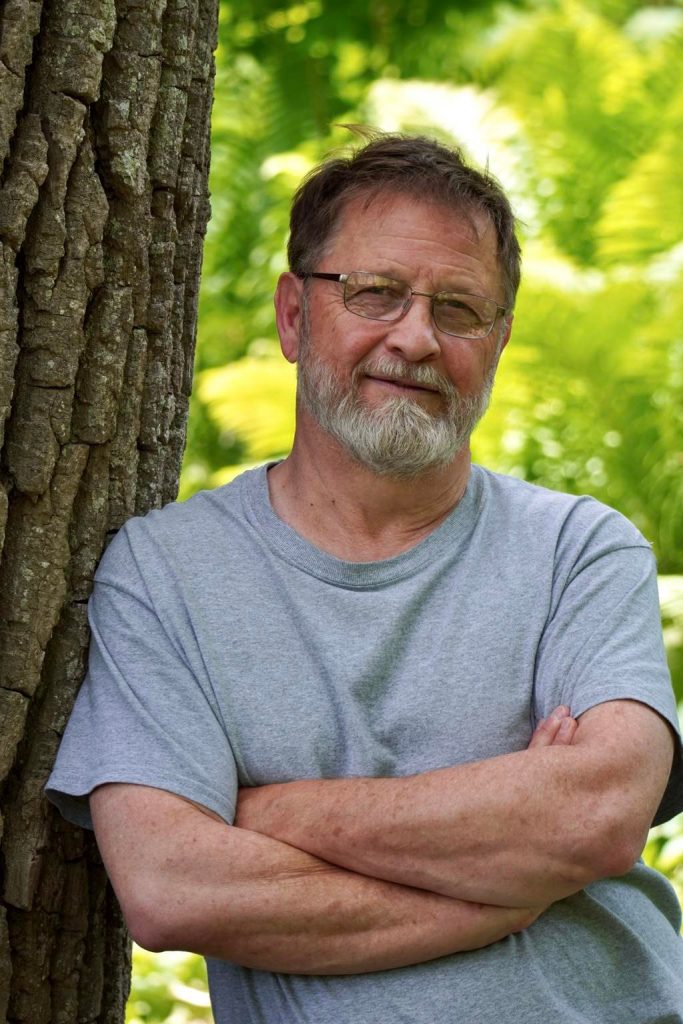Aug 31 2009
The 100 Mile Wilderness
After a couple nights sleep in a bed, hot showers and an abundance of fresh food, my excursion into the Maine woods seems like something of a dream. But l have a swollen knee and aching ankles, along with plenty of scratches, bug bites, bruises and rashes, to assure me that it actually did happen. I also have a journal full of notes to jog my memory, so you can be sure I’ll be writing about this journey in great detail during the months to come. That is, after all, what I do.
The 100 Mile Wilderness is everything it’s touted to be: a long, winding trail through the wild, northern forest of Maine, full of pristine lakes and ponds, roaring brooks, huge bogs, and rugged mountains. All very boreal, of course, so moss grows on everything, conifers create a somber mood, and the trail is easily worn down to roots and rocks. My boots never completely dried out and some of my hiking clothes, well, it was best just to throw them away when I returned home. This is not a trail for the faint of heart.
The 100 Mile Wilderness isn’t a wilderness per se. It gets its name from the fact that you can’t obtain supplies on the Appalachian Trail north out of the town of Monson until you reach a campground at Abol Bridge a hundred miles away. That makes it quite a challenge, logistically speaking. Everyone hiking this section of trail is either overloaded or running short of supplies. This is considered the wildest, most remote section of the entire AT, and that is precisely why I wanted to hike it.
Most AT thru hikers blasting north from Georgia hike the 100 Mile Wilderness in 6 to 8 days. The average section hiker does it in about 10. I hiked it in 12 days because that was the maximum amount of food that I could carry for my dog and myself – 30 pounds total. Between this weight, the ruggedness of the terrain, and my dubious physical condition, the trek tested the limits of my physical endurance. That said, I only wish I could have taken more time to be out there, so that I could have enjoyed some of the beautiful places I visited more than I did. Among my favorite places: the sandy beaches of Nahmakanta Lake, the crystal clear East Chairback Pond, Gulf Hagas Stream, and North Pond. I easily could have spent several days in any one of those places. Each is a slice of paradise.
I now understand better why Henry David Thoreau was fixated upon the sprawling forest of northern Maine during the latter part of his life, and why so many other outdoors enthusiasts are drawn to it. Nowhere else this side of the Mississippi will you find such big woods – not even in the Adirodacks. There were times when, standing on a mountaintop or exposed ledges, the wild stretched before me as far as the eye could see. Loggers are hard at work in those woods, and guide service float planes aren’t uncommon, but this country is wild all the same. It’s a country meant for all those who want, for a few days, a week or longer, to run feral. Bear and moose thrive there and, for 12 days, so did I.






